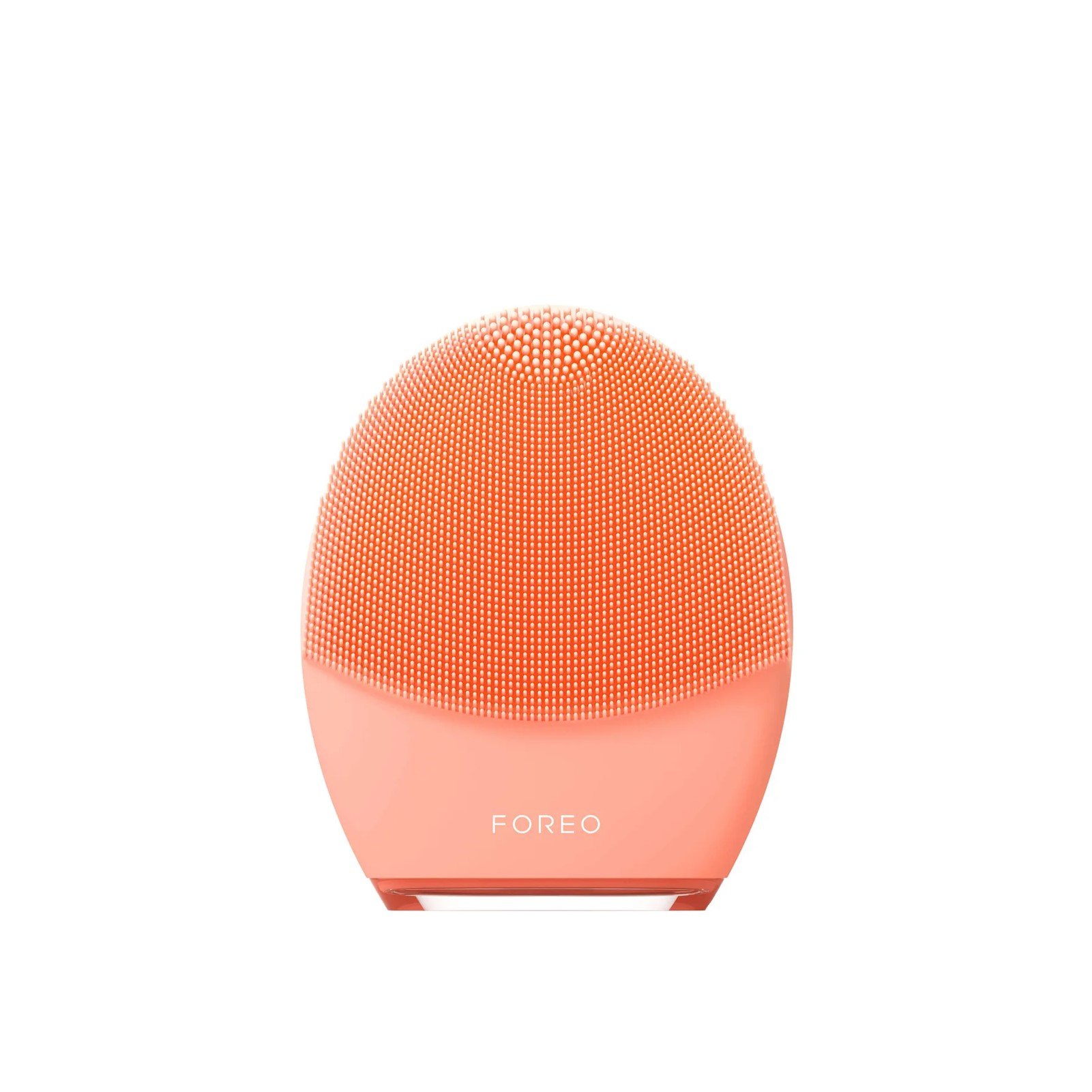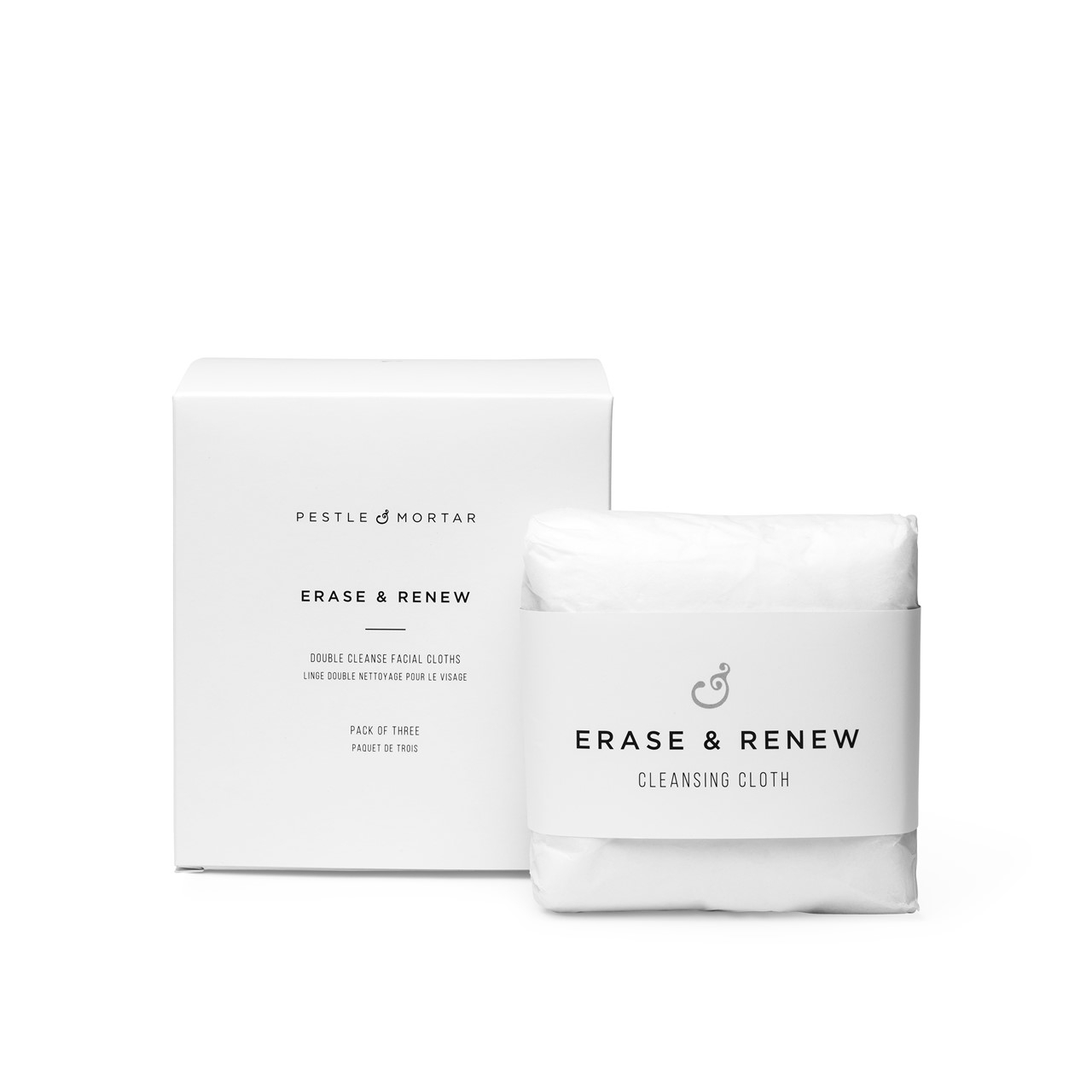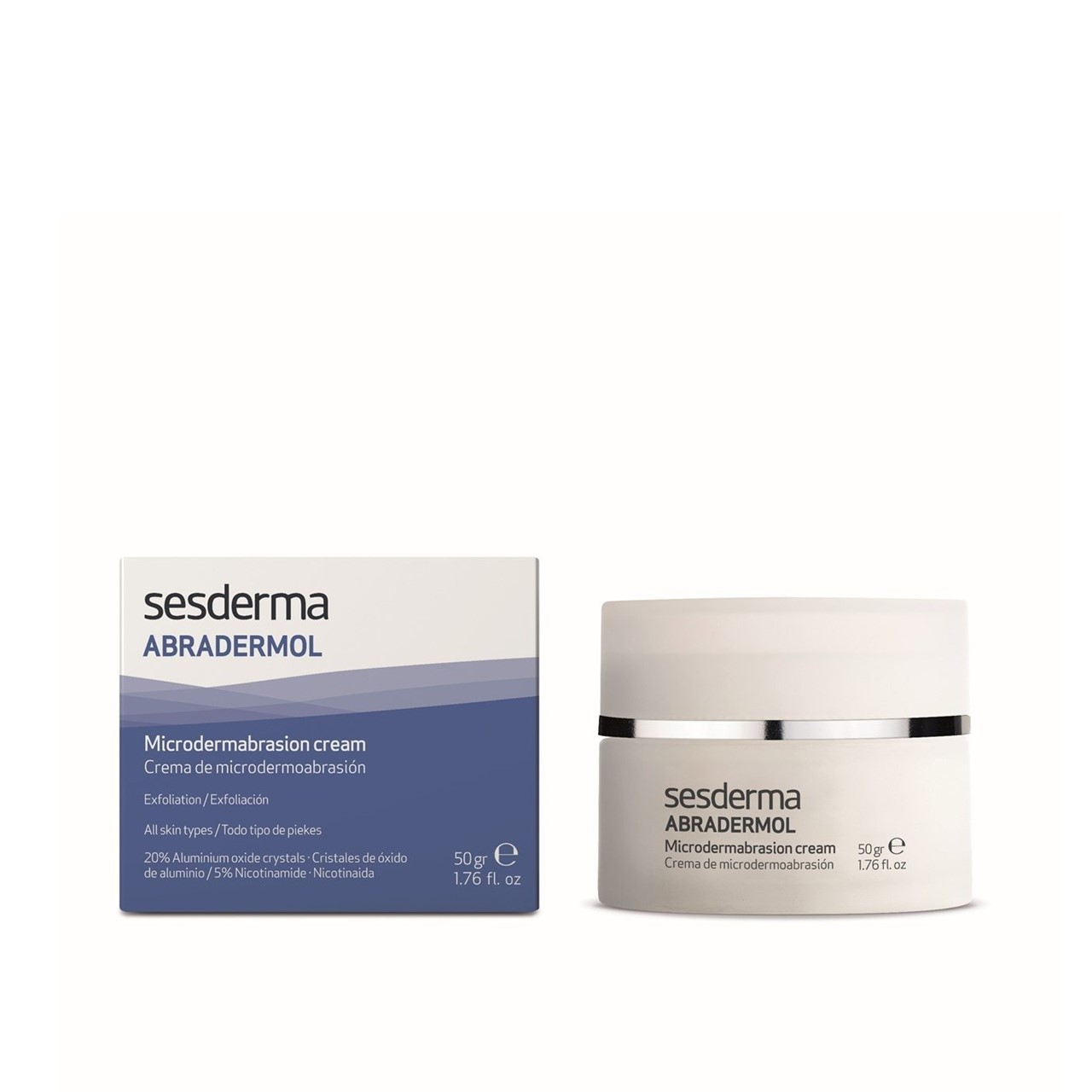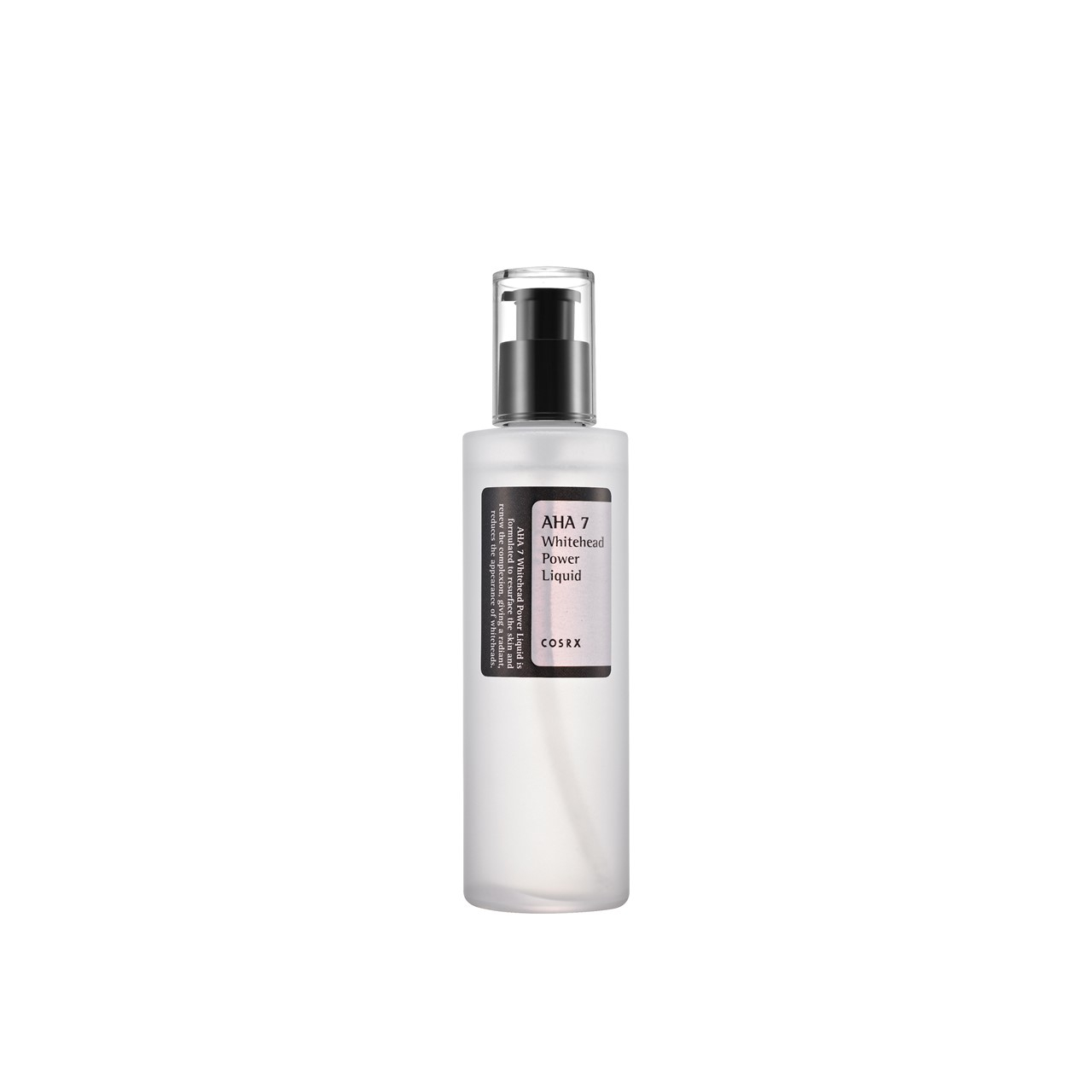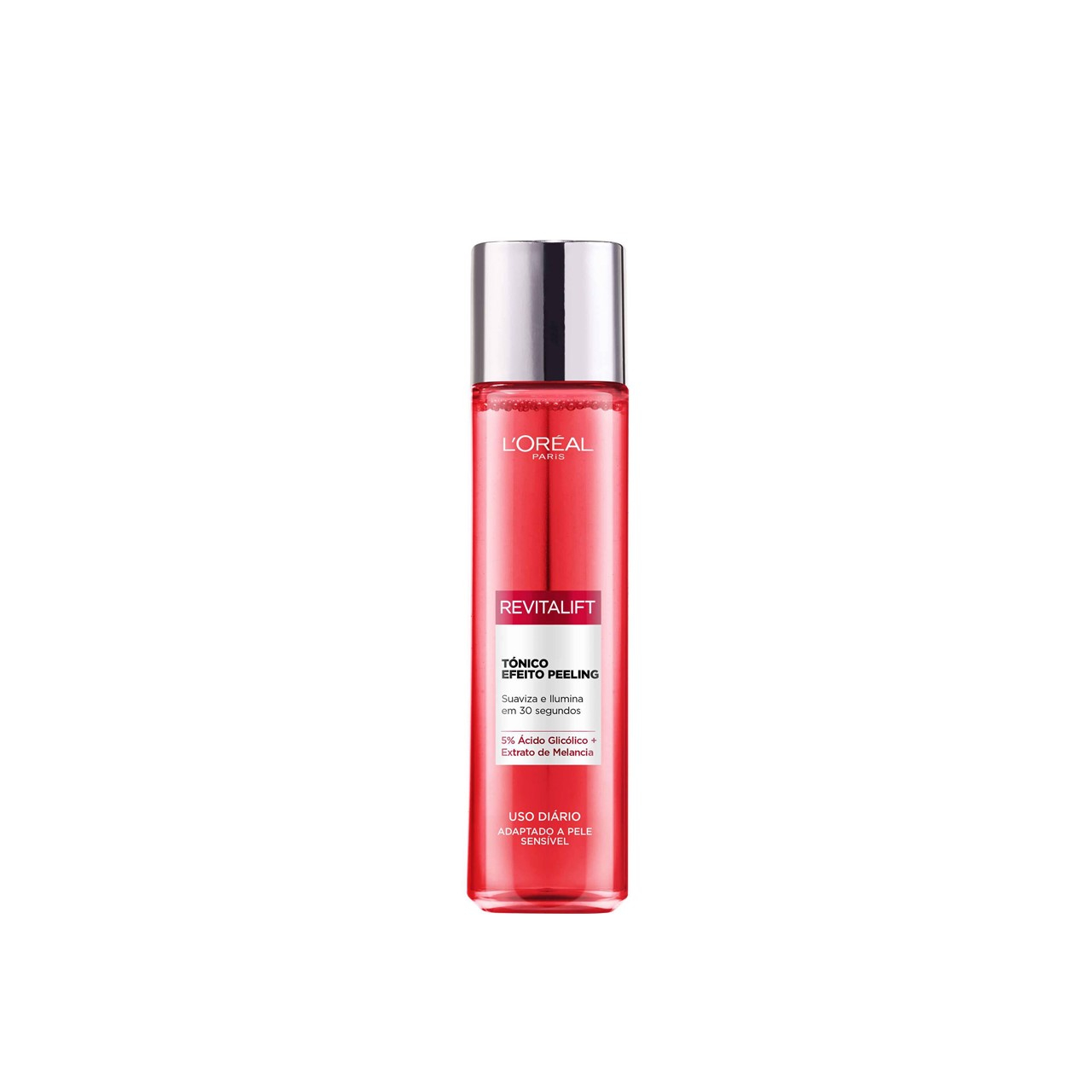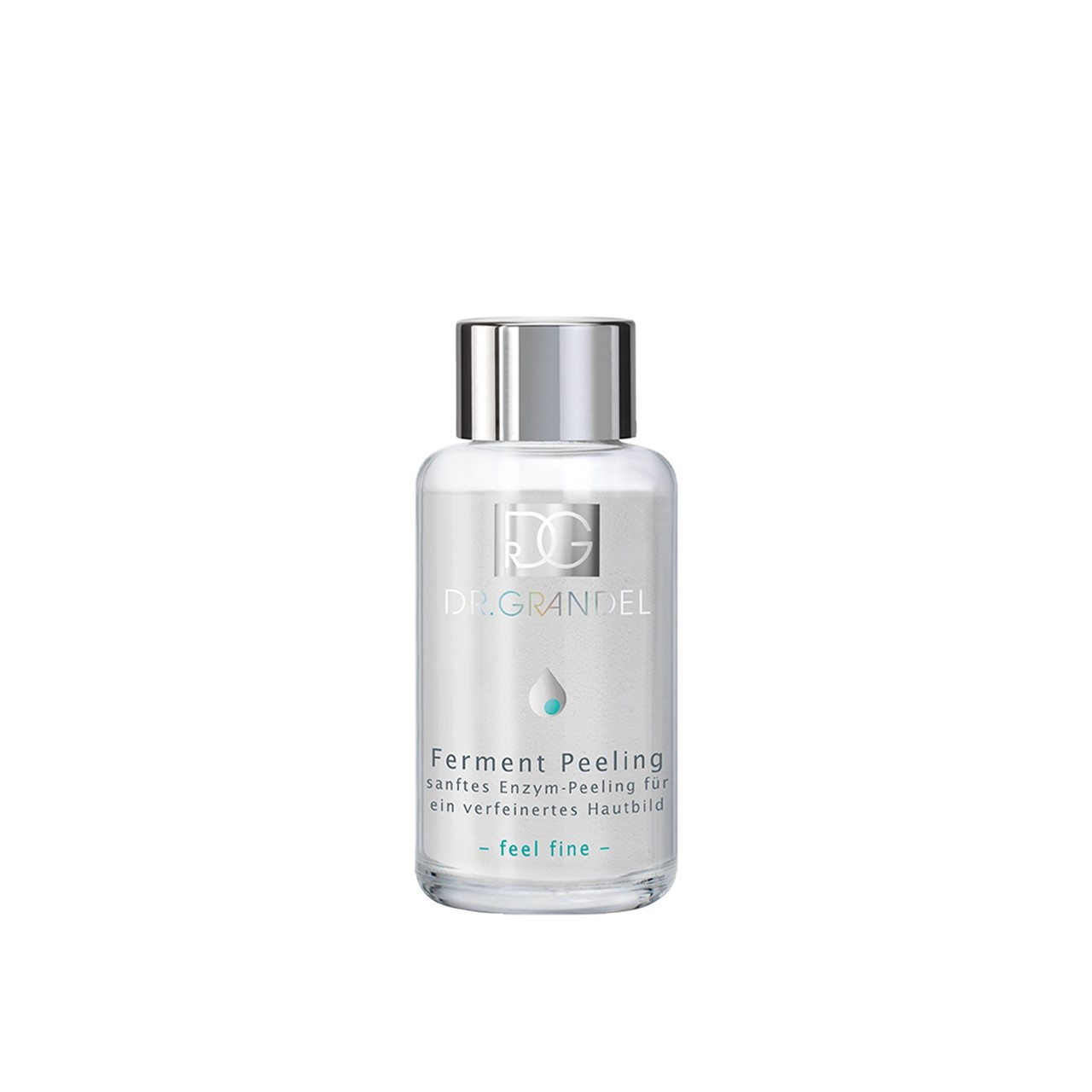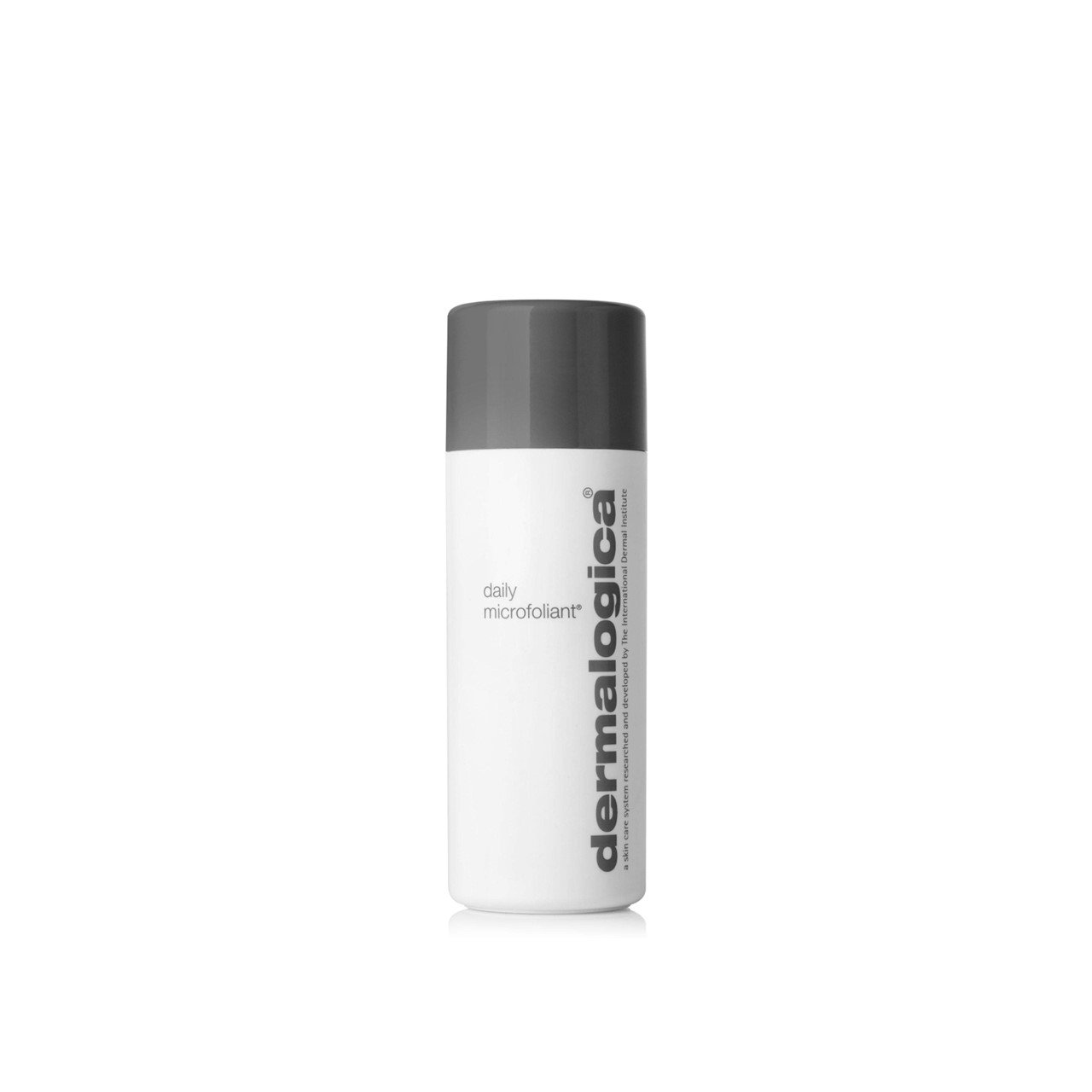
For many people, exfoliating at home is an indispensable step in their skincare routine. For others, the idea of exfoliating still seems a little intimidating, more like a professional treatment than something they can easily do at home. If you’re part of the first group, we’re here to validate you; if you’re part of the second, we’re here to help you out. It’s perfectly safe to exfoliate your skin at home, and in this post we’ll teach you how.
What is exfoliation?
Let’s start with the very basics: what is exfoliation? In skincare terms, exfoliation is the process of removing dead cells from the surface layer of the skin. To exfoliate your skin, you have a few different methods to choose from: you can opt for physical exfoliation, or for chemical exfoliation. We’ll explain the difference in just a second, so keep reading.
What are the benefits of exfoliation?
By exfoliating, you bring your skin a series of benefits, some more immediate than others. You may notice that your skin appears immediately more luminous and uniform after exfoliating.
The long-term benefits of exfoliation are just as or even more important: by exfoliating, you are removing dead cell buildup, and by doing this, you are helping your skin to better absorb the active ingredients that you use in the rest of your skincare routine. The other pros of removing this buildup is that you are also helping to prevent breakouts caused by blocked pores. (Let us be clear, though: if you’re dealing with severe acne, exfoliation alone won’t help you treat it. It’s not even particularly recommended for you. We’ll get to that in a second.)
You may be wondering: but doesn’t the skin renew itself every 28 days or so? Yes, it does. However, the skin’s natural renewal process tends to slow down as you age. As the shedding of dead skin cells slows down, you may find that your skin starts looking a little dull, almost like there’s a opaque “film” over it. Gentle exfoliation can help you minimize this effect and restore your skin’s healthy, radiant glow. Along with these improvements in the appearance of your skin, exfoliation can also help you reverse (to a degree) the roughness and uneven texture that tends to accompany aging skin.
Can you exfoliate at home?
If you are completely new to exfoliating your skin, rest assured: it’s perfectly safe to exfoliate your skin at home. There are numerous products available on the market that allow you to safely exfoliate your skin at home, using either physical or chemical methods. However, it is important to know that the exfoliation you can achieve at home is not comparable to the exfoliation you can get in a doctor’s or aesthetician’s office. If you’re looking to get the best possible benefits from the exfoliation process, then consider visiting a certified professional and letting them know your skin goals.
What about professional exfoliation treatments?
Among professional exfoliation treatments, you may have heard of microdermabrasion (a physical form of exfoliation that uses an abrasive tool) or dermaplaning (another physical form of exfoliation, which uses a scalpel or similar tool), but there are plenty of other options. Chemical peels are another form of professional exfoliation that is available to you; unlike the chemical exfoliators you can buy for at-home use, professional chemical peels are done by a doctor or aesthetician and use strong concentrations of exfoliating acids, bringing you rather dramatic results in a short amount of time.
Chemical vs Physical exfoliation: Which one is the best?
As we’ve said before, exfoliation is the process of removing the dead cells from the top layers of the skin, but there are different ways of achieving this goal. When learning how to exfoliate your skin at home, the two main exfoliation methods at your disposal will be physical and chemical exfoliation.
Physical exfoliation
Also known as mechanical exfoliation, physical exfoliation removes dead cells through abrasion. This abrasion can be achieved through using a cream or lotion with particles in the formula (that’s what we normally call a “scrub”), or through using a tool (either a specialized device, or something as simple as a damp washcloth or terrycloth).
For home use, the most common method of physical exfoliation you will find are creams with particles, or scrubs. Usually, these particles will be made from fruit seeds and kernels, sugar, or salt, but you can also find particles made from “shells, aluminosilicates, kaolin, polylactic acid and microcrystalline cellulose”. Microplastics, or plastic microbeads, used to be a common staple of scrubs, but they’ve since been banned in a variety of regions all over the world, due to their negative impact on the environment.
Particle scrubs work by scraping the skin and dislodging dead skin cells; they are effective, but they can also be a little too aggressive, especially if you have dry or sensitive skin. As a general rule, here at Care to Beauty, we tend to recommend physical exfoliants and scrubs for use on the body, and chemical exfoliants for use on the face.
Chemical exfoliation
As we’ve seen, physical exfoliation relies on the use of abrasive particles or tools; chemical exfoliation, on the other hand, relies on the use of exfoliating acids or enzymes, which dissolve the bonds between surface-level skin cells. As skin cells come “loose”, they end up shedding by themselves, with no need for aggressive rubbing or scrubbing. Chemical exfoliants are usually available in the form of toners or serums.
There are several types of exfoliating acids, but the most common are AHAs (e.g. glycolic acid), BHAs (e.g. salicylic acid), and, more recently, PHAs (e.g. gluconolactone). In addition to promoting the shedding of dead skin cells, exfoliating acids can also boost cell turnover and promote a subtle anti-aging effect. Some, like salicylic acid, can even penetrate deep into the pores in order to unclog pores and help prevent breakouts and pimples. In short: when you choose to exfoliate with exfoliating acids, you are giving your skin much more than just a good polish.
If you prefer, you can also achieve a chemical exfoliation using products with exfoliating enzymes, such as papain (extracted from papaya) and bromelain (extracted from pineapple). Enzymes can’t penetrate as deep into the skin as exfoliating acids, so their action will be slightly more surface level–which is great news, if you’ve got sensitive skin.
Whether you choose to use exfoliating acids or exfoliating enzymes, a low-level chemical exfoliation will nearly always be gentler than physical exfoliation. That’s worth considering, especially if you have sensitive skin, or if you like to exfoliate often.
How often should you exfoliate?
There is no right answer to the question of how often you should exfoliate. Depending on your skin type, skin sensitivity, skin goals, and preferred method of exfoliation, you may be exfoliating anywhere from once a week to once a day.
Face scrubs will usually come with the recommendation to use two to three times per week, while gentle exfoliating toners can be used every day, after an initial period of adaptation. It all depends on what you want to achieve, and what your skin can tolerate on the way to meet that goal.
Where in your skincare routine should you exfoliate?
The order of the exfoliation step in your skincare routine will depend, first and foremost, on the type of exfoliating product you use.
Say you’re using a face scrub: should you use your face scrub before or after your face wash? Usually, most people will tell you to cleanse your face first, using whatever face wash you normally use, and then go in with your face scrub. However, people with dry or sensitive skin may find that their skin feels a little too dry and tight when they do this. In such cases, try skipping the face wash; use the face scrub on its own, and then rinse it off gently with lukewarm water. If that helps your skin feel more comfortable, then that may be a much better option for you! In the end, it all comes down to how your skin feels.
If, on the other hand, you are using a chemical exfoliant, such as a toner or serum, you will want to use it in the spot of the routine that you would normally reserve for that type of product. So, for instance, if you are using an exfoliating toner, make sure to use it after you’ve thoroughly cleansed your skin with your favorite face wash. If you are using an exfoliating serum, you can use it straight after cleansing, or even after your toner, if you’d prefer.
These are some of the most frequently asked questions we receive here at Care to Beauty; we hope the answers have helped you figure out how to exfoliate your skin at home in a way that’s both safe and comfortable. Now, are you team face scrub or exfoliating toner?
Beauty Writer & Editor


